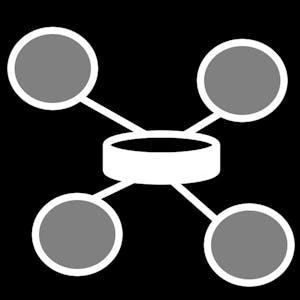Program Communications Management in ClickUp
About this Course
By the end of this guided project, you will be fluent in creating Program Communications artefacts for the Identification/Planning Phase for diverse programs. You will utilise a logical diagramming plan in an agile environment to develop the solution. This will enable you to identify and classify the required components for communication management. Furthermore, it will help develop a structural model for learning about the field of Program Management. If you are interested in building up the knowledge leading to this guided project, the following is the link to: [ Developing Programme Management Blueprint with ClickUp] [Advanced Programme Planning Phases Framework in ClickUp] This Guided Project is essential for individuals wanting to learn about the field, or looking to transition into working in Program Management. This guided project is designed to engage and harness your visionary and exploratory abilities. You will use proven models in an agile environment with ClickUp to engage in a hands-on learning experience.Created by: Coursera Project Network

Related Online Courses
The Computer Security and Systems Management Specialization focuses on computing in an enterprise environment. Combining both theory and real world experience and architecture, the courses will... more
Code and run your first Java program in minutes without installing anything! This course is designed for learners with limited coding experience, providing a solid foundation of not just Java, but... more
Biostatistics is the application of statistical reasoning to the life sciences, and it\'s the key to unlocking the data gathered by researchers and the evidence presented in the scientific public... more
The Blender 4 Creator Course Stylized 3D Models takes you on a comprehensive journey to mastering the art of stylized 3D tavern models using Blender. This course covers everything from Blender... more
Yes, we have free will! This Specialization will explore Libertarian Free Will and discuss philosophical arguments and neuroscientific evidence for and against its existence.\\n\\nIn this... more








